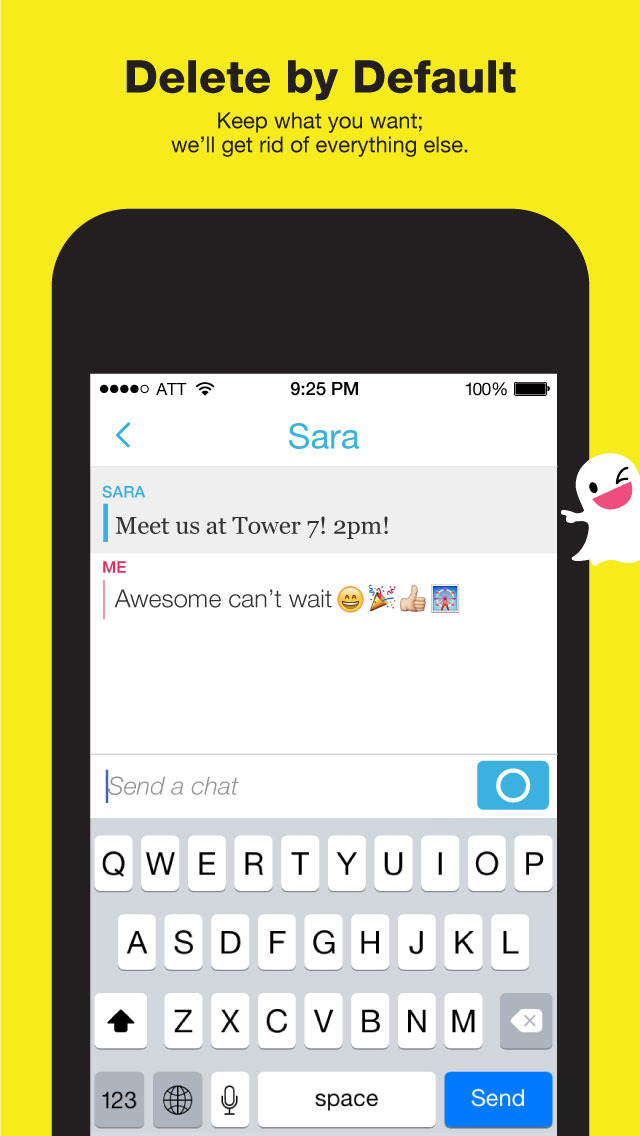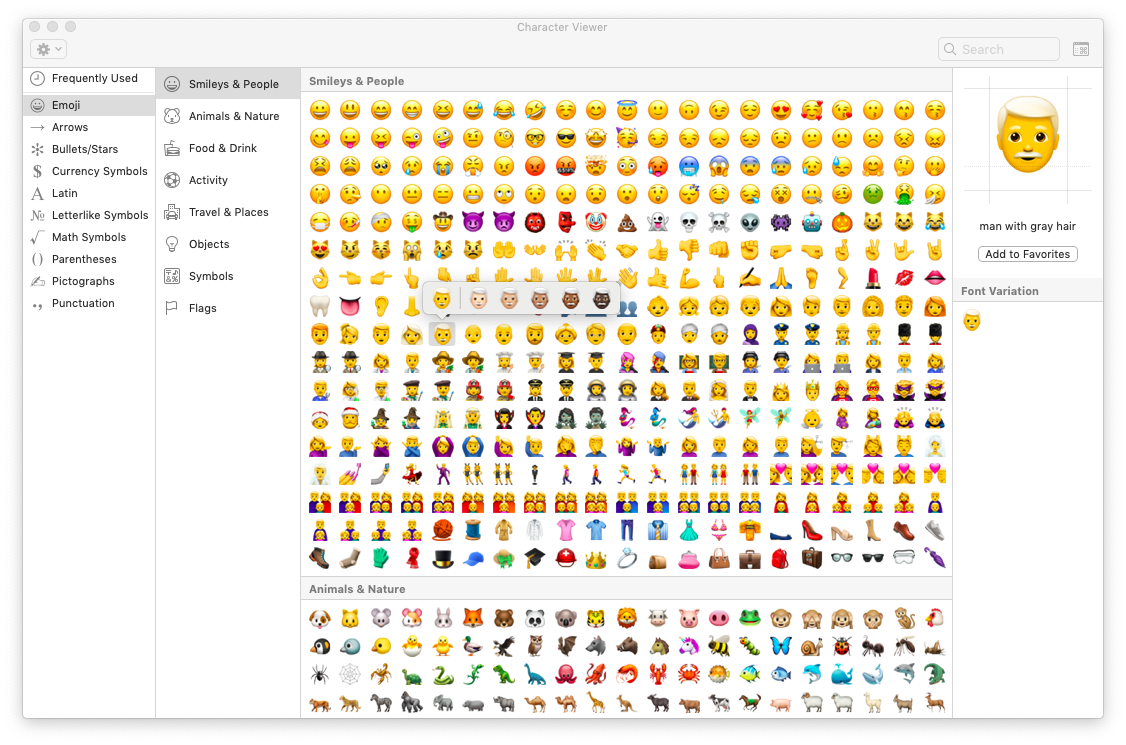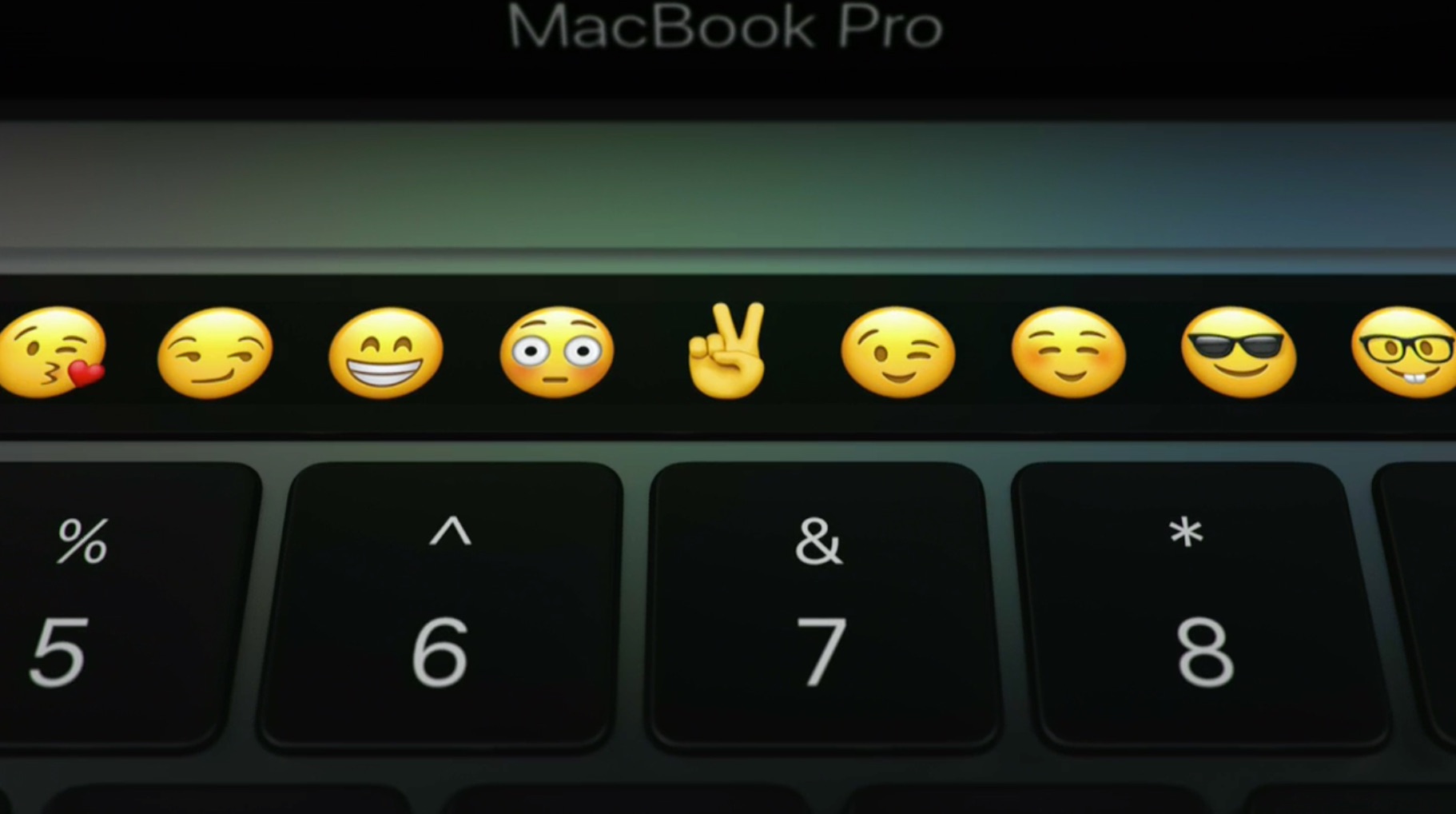
- EMOTICONS FOR EMAIL MAC HOW TO
- EMOTICONS FOR EMAIL MAC ZIP
- EMOTICONS FOR EMAIL MAC DOWNLOAD
- EMOTICONS FOR EMAIL MAC WINDOWS
Step 3: Go to 'System Preferences' 'Keyboard' 'Text'.
EMOTICONS FOR EMAIL MAC ZIP
Step 2: Extract the contents when the ZIP has been downloaded on your Mac.
EMOTICONS FOR EMAIL MAC DOWNLOAD
Step 1: Find and click 'Clone or download' button on your right hand, then click 'Download ZIP' to begin to download the emojis ZIP.
EMOTICONS FOR EMAIL MAC HOW TO
Part 1: How to get and install emojis on Mac To install and get new emojis on your Mac, you can go to Macmoji GitHub repo, then choose and download the emojis on your Mac. Don't worry, here comes this well-designed post to help you to get and use emojis on MacBook with ease. But for some new Mac users, they may don't know how to get emojis on Mac or how to use emojis on Mac. Emojis are improved gradually and make the social contacts more funny and easy.
EMOTICONS FOR EMAIL MAC WINDOWS
Should you share a file with a Windows or Linux computer, for example, the filename will appear to be corrupted, although in my brief testing the files still seemed to open correctly.Emojis have actually been available in OS X for quite some time and is widely used in a majority of text messages, emails, social posts and even the YouTube videos. However, although OS X seems happy to allow Emoji to be used in file and folder names, I suspect this might cause future problems. The best technique for inserting them is to open a TextEdit document, insert the Emoji you’d like to use (as described previously), and then copy and paste this when you come to save a file or when you rename a file. Using Emoji for File and Folder NamesĮmoji can also be used in file and folder names. Instead, users will see a missing character symbol instead (usually a question mark symbol within a box). Remember that any Emoji you insert into emails and documents will appear when opened by other OS X computers (running Lion or Mountain Lion) and on iPads and iPhones, but they won’t appear on Windows or Linux systems or on Macs running pre-Lion releases of OS X. To alter the size of an Emoji once it’s been inserted into a document, select it and use the standard font point size adjustment tool, usually available on the formatting toolbar.

Alternatively, if you activated the Special Characters palette via the Edit menu or keyboard shortcut, you can position the text cursor where you want the Emoji to appear and then double-click the Emoji in the Special Characters window.Ĭlick the cog icon at the top left of the Special Characters window to alter the size of the icon display-selecting Large will show more detail, but be aware this will also affect an icon’s size when inserted into documents. See Figure 56, Accessing Emoji characters. Finally, select the icon you want from the list of icons, and then click and drag it to where you want to insert it into your email, document, and so forth. Then select a category of Emoji icon from the column next to this-People, Nature, Objects, Places, or Symbols. Start the Special Characters app in either way described earlier, and in the left of the program window select Emoji. Alternatively, you can drag it to the desktop, but before releasing the mouse button, hold Option+ Command to create an alias. Click and drag it to the Dock to create a shortcut for future use.

Then look for the file called CharacterPalette. In the dialog box that appears, type /System/Library/Input Methods. To do so, open a Finder window, and hit Shift+ Command+ G. If that option isn’t visible, you can add the Special Characters app to the Dock, where you can click to activate it in all apps. Setting Up Emoji AccessĮmoji can be inserted using the Special Characters palette, which you can activate in most apps by clicking Edit →Special Characters (or by hitting Option+ Command+ T).


Therefore, you can add them to email messages, for example, and text documents created with apps like TextEdit, although apps such as Microsoft Word don’t currently support Emoji. OS X includes default support for Emoji, as does iOS, the operating system that runs the iPad, iPhone, and iPod touch. They’re popular in Japan and are rapidly spreading to the West. The difference is that they’re full-color high-quality images, and they’re usually distributed as a special font. Emoji are similar to emoticons you might already use: things like 🙂 for a smiley face, for example.


 0 kommentar(er)
0 kommentar(er)
